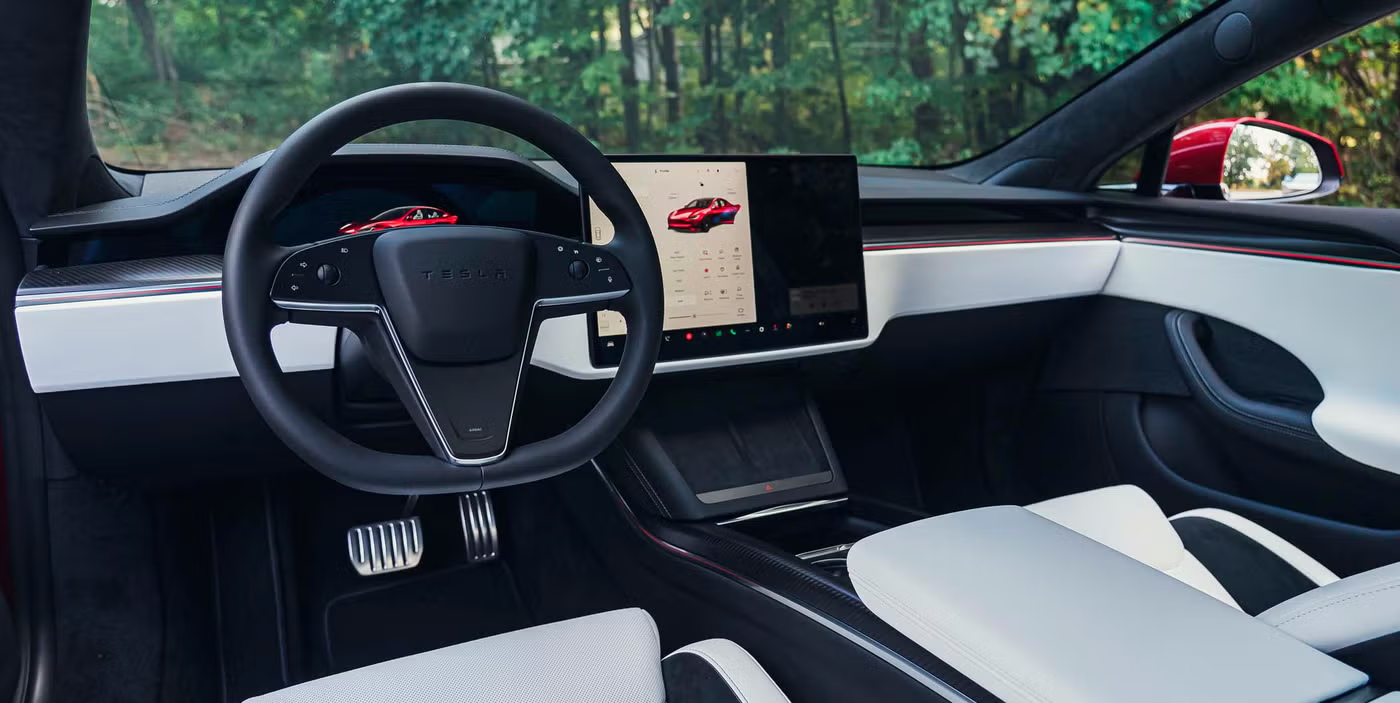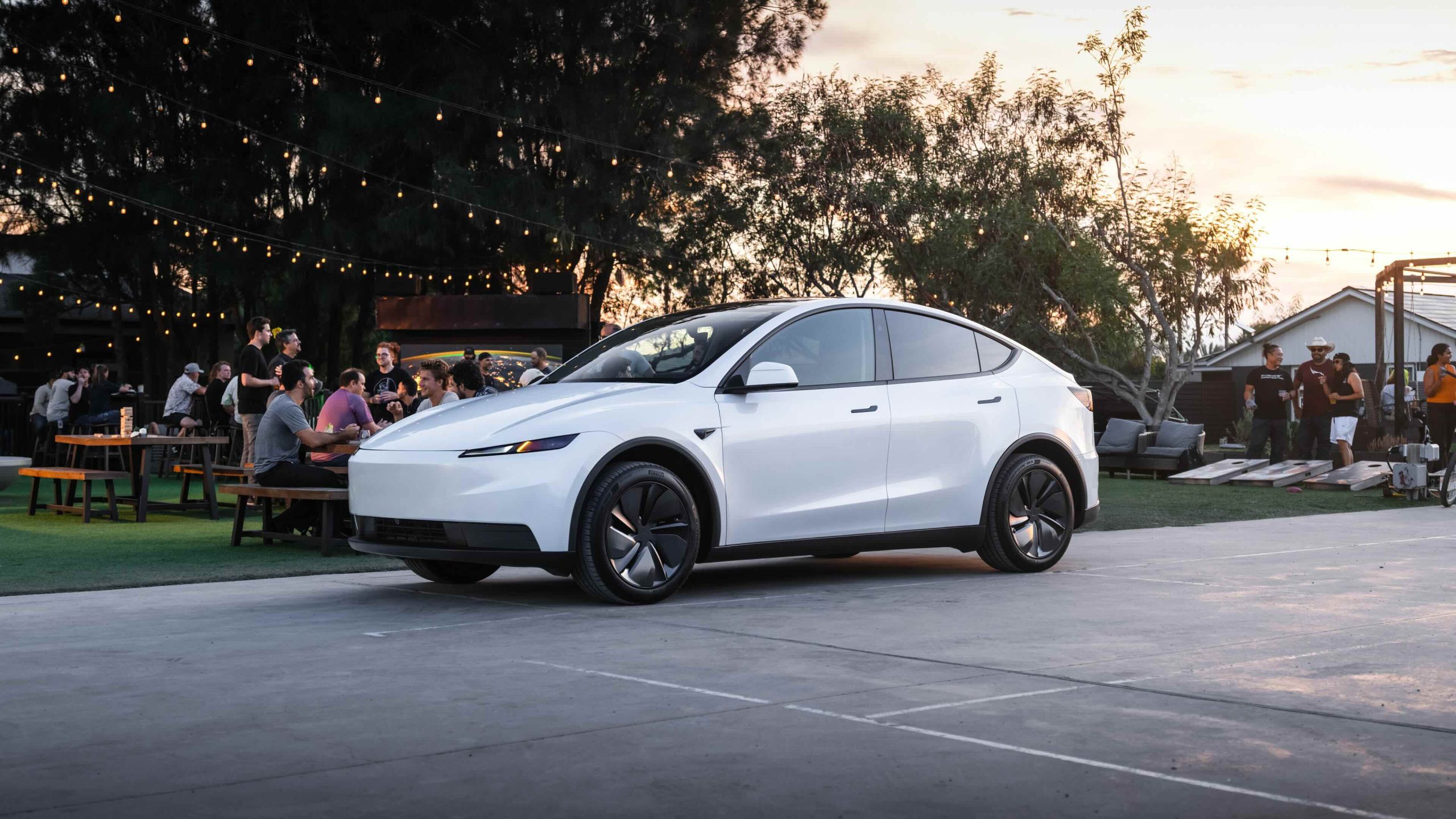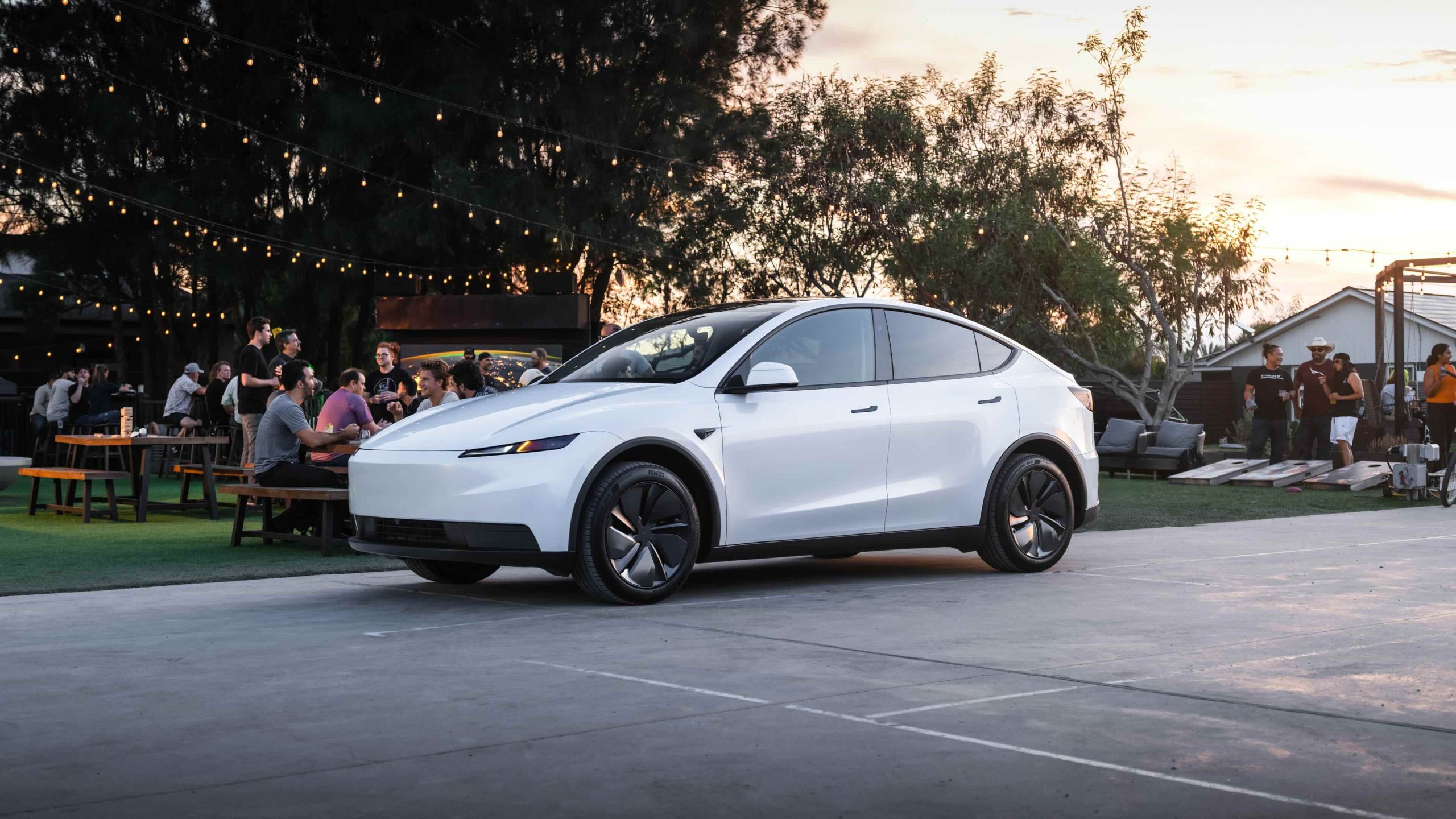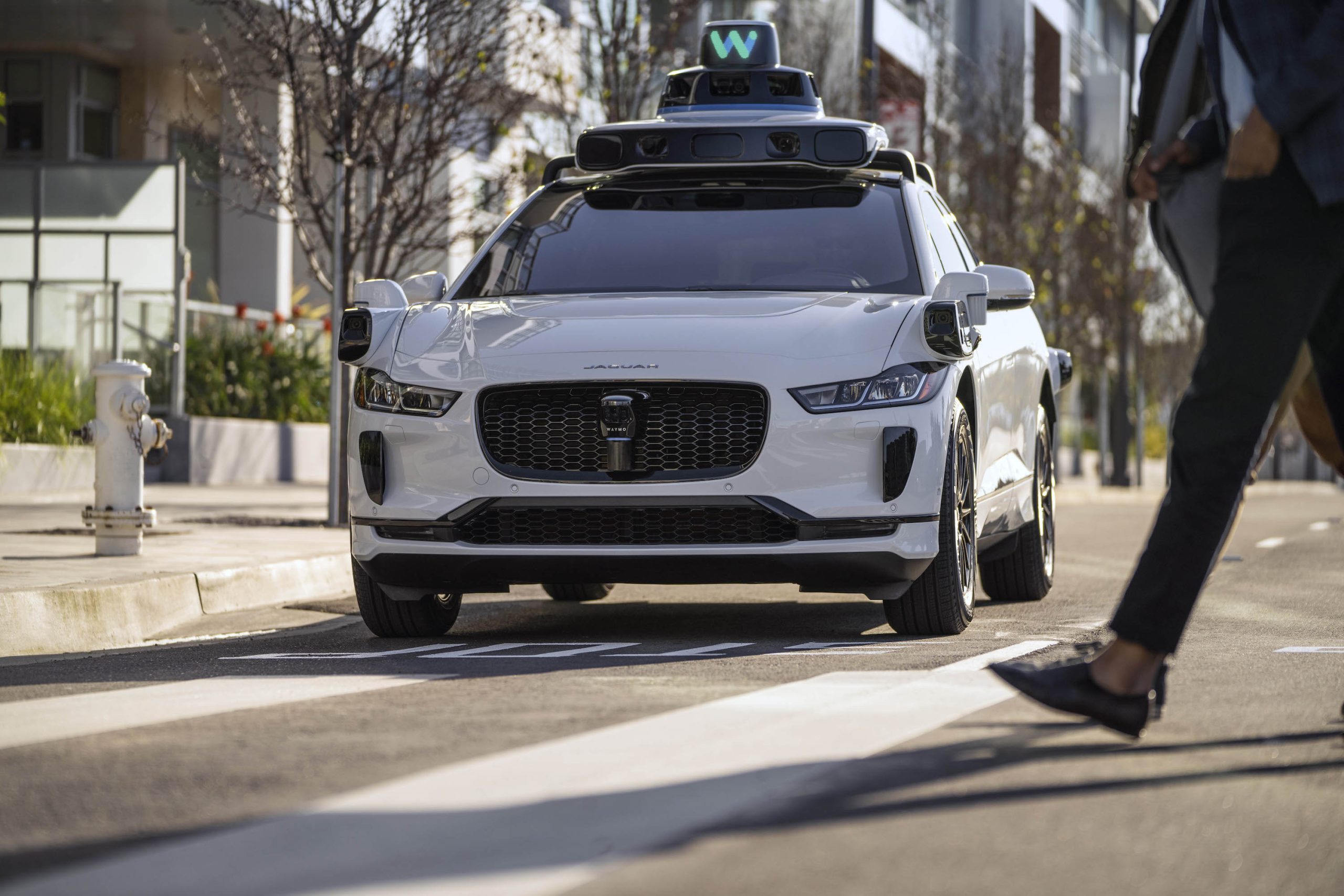Tesla Abandons Wireless Charging for Cybertruck: Here's Why It Makes Sense
Covers infotainment, ADAS and software updates. Daily: Hyundai Ioniq 5. Project car: NB Miata with a homebrew CarPlay retrofit.
In a move that has sparked discussions among electric vehicle enthusiasts, Tesla has decided to abandon the development of a wireless charging feature for its highly anticipated Cybertruck. The decision, while surprising to some, is based on practical considerations that highlight the complexities of integrating this technology into large vehicles.
The Cybertruck, with its futuristic design and advanced features, was initially slated to include wireless charging—a technology that Tesla has been working to integrate across its vehicle lineup. However, the company has officially announced that this feature will not be available for the Cybertruck. The rationale is rooted in the vehicle's design. As Wes Morrill, the lead engineer for the Cybertruck, pointed out, the truck’s significant height makes wireless charging impractical. 'Wireless charging something as far off the ground as the Cybertruck is silly,' Morrill stated, emphasizing the inefficiency and logistical challenges of implementing such a feature in a high-clearance vehicle.
Wireless charging has been a coveted feature for many Tesla owners, particularly as it offers the convenience of charging without the need for cables. However, the technology is not without its drawbacks. Much of the energy in wireless charging can be lost through heat, reducing the efficiency of the charging process. This inefficiency is particularly problematic for larger vehicles like the Cybertruck, where the energy requirements are significantly higher than those of smaller, conventional electric vehicles. Tesla has acknowledged these challenges, and while it continues to explore wireless charging solutions, the company is prioritizing practicality and efficiency in its current offerings.
The decision to forgo wireless charging for the Cybertruck does not mean Tesla is abandoning this technology altogether. The company has confirmed that it is still working on developing an efficient wireless charging system that could be applied to other vehicles in its lineup. This could potentially include future models with lower ground clearance, where the technology could be more effectively implemented. By being transparent about the limitations and capabilities of its designs, Tesla aims to manage customer expectations and focus on delivering reliable and efficient charging solutions.
The implications of this decision extend beyond just the Cybertruck. As Tesla continues to innovate and expand its range of vehicles, the company must balance ambitious technological advancements with practical execution. The challenge of integrating wireless charging effectively highlights the broader considerations of vehicle design, energy efficiency, and customer utility. For many potential buyers, the allure of Tesla vehicles lies in their cutting-edge technology and eco-friendly credentials. However, ensuring that these features can be seamlessly integrated into everyday use remains a priority for the company.
Looking ahead, Tesla's decision could influence how other automakers approach wireless charging technology. As the industry continues to evolve, finding the right balance between innovation and practicality will be key to maintaining consumer trust and interest. For now, Tesla’s focus on refining existing technologies and ensuring they meet high performance and efficiency standards is a strategic move that underscores the company’s commitment to its core values. As the Cybertruck inches closer to its official release, Tesla's transparency about its features is likely to reassure potential customers of the brand's ongoing dedication to quality and innovation.
About Noah Stein
Covers infotainment, ADAS and software updates. Daily: Hyundai Ioniq 5. Project car: NB Miata with a homebrew CarPlay retrofit.



